10 ‘healthy’ foods that may be sabotaging your weight loss
Eating so-called ‘healthy’ foods but still struggling to shift the pounds? It may be that muesli or cereal bar isn’t as wholesome as it seems…
Lily Soutter, nutritionist and weight loss expert at lilysoutternutrition.com, says, “Weight loss is all about cutting calories. This is a myth. All calories are not created equally.
“Calories from sugar and refined carbohydrates are likely to be stored as fat, whereas calories from healthy fats, protein and vegetables are likely to help shed fat. I recommend that you skip calorie counting and shed the weight by eating whole, unprocessed foods.”
We speak to the experts to find out more…
Friend or foe?
1. Sushi

“The amount of protein and vegetables you actually get in sushi is often tiny in comparison to the amount of white rice in each serving,” explains Shona Wilkinson, nutritionist at superfooduk.com. “Some outlets do have brown rice sushi, which would be better, but that is still a higher serving of starchy carbohydrates to vegetables and protein. It would be healthier to have a fist-sized portion of protein alongside half a dinning plate’s worth of vegetables and a brown rice portion that fits into an espresso coffee mug.”
2. Honey
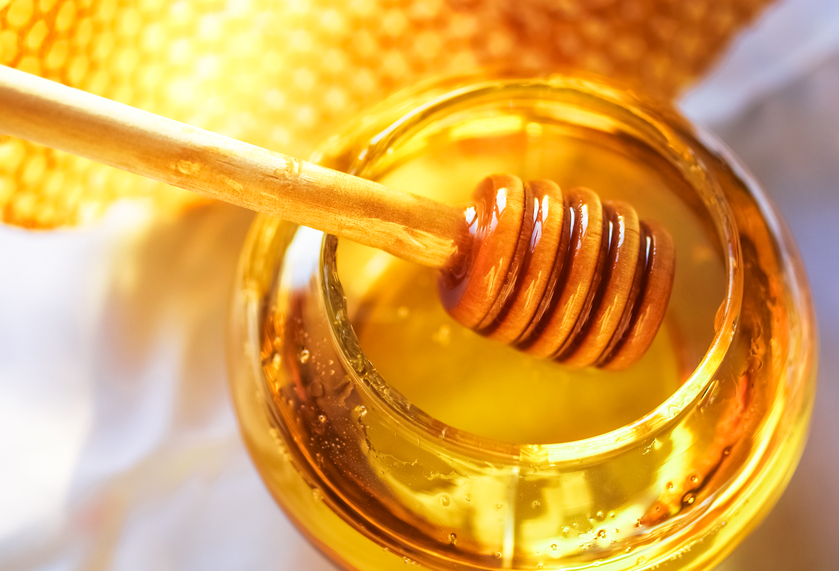
“Although this is a natural sugar, you should use it sparingly,” explains Dr Marilyn Glenville, author of Natural Alternatives to Sugar. “Honey is a simple sugar, made up primarily of glucose and fructose, and so is absorbed into your blood stream quickly. Hence, it’s not ideal for controlling your blood sugar, or trying to lose weight. The fructose content can be up to 40 per cent in some honeys.”
3. Rice milk
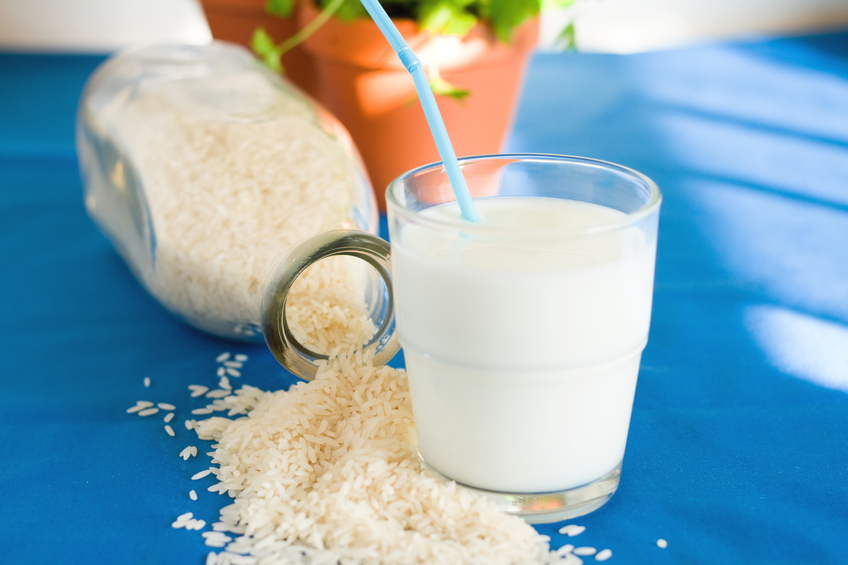
“Plant milks are not only a helpful alternative for those who genuinely cannot tolerate animal milks, but many people drink them because of the trend to consume less dairy,” says Shona. “Rice milk is made from white rice, which is quite sugary and releases its sugar more quickly than brown rice. Instead look for a brown rice brand – they used to be almost non-existent, but companies are slowly realising brown is better than white.”
4. Tofu burgers
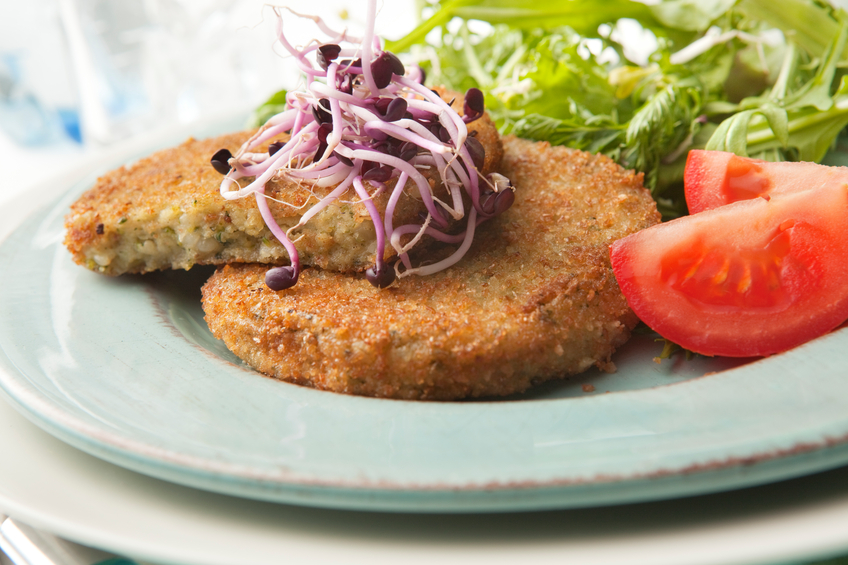
“Soya products such as tofu burgers are often touted as being healthier than eating meat and commonly used to fulfil protein requirements by vegetarians and vegans,” says nutritionist Cassandra Barns. “However, soya contains small amounts of plant oestrogens. These may be helpful for women who have menopaused (no longer have a period) and therefore have a diminished supply of natural oestrogen in the body, but women who are still of menstruating age often do not need extra oestrogen. Eating soya products in moderation is preferable – for example once or twice per week – but not all day every day.”
5. Cereal bars
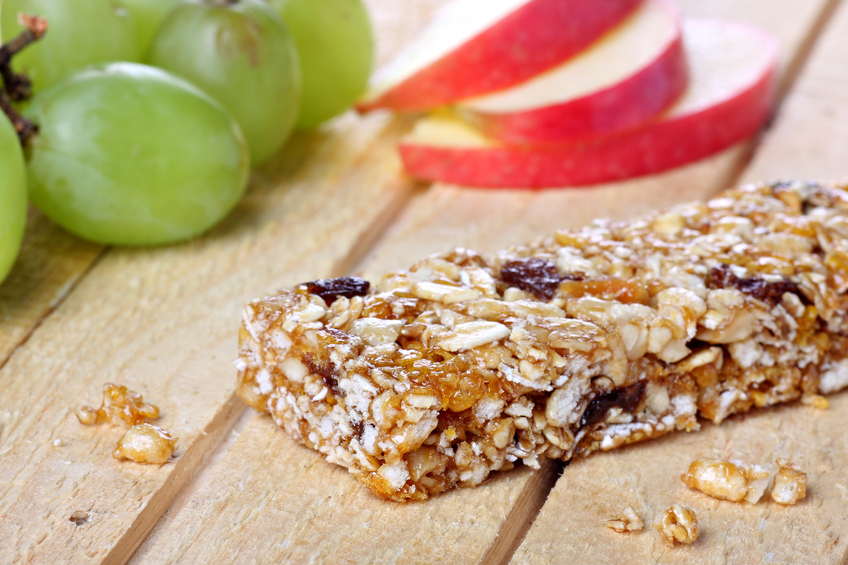
They sound so healthy – surely cereal is good for you? “Yes cereal itself may be fine – especially if its wholegrain,” says Shona. “But many cereal bars contain a great deal of refined sugar and worse – sugar syrups, such as glucose and high-fructose corn syrup. These types of sugar syrups travel through our bodies very quickly and are potentially damaging on a cellular level – which isn’t good for immune system and skin. Fruit added to cereal bars is often pre-coated in sweet syrups, which adds even more sugar.”
6. Muesli
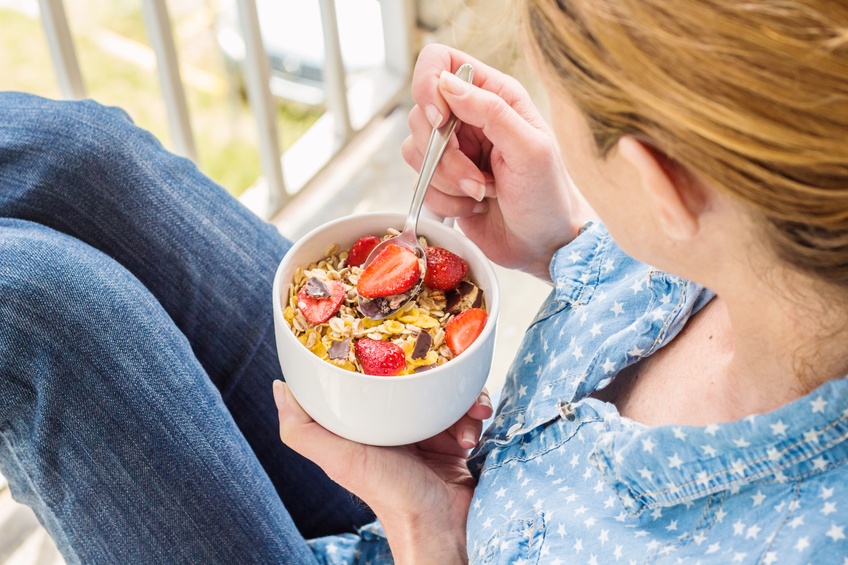
Muesli conjures up the picture of a healthy breakfast and is often accompanied in adverts in a beautiful alpine setting with trees, blue skies, clear lakes and clean air. “But not all mueslis are the same, and, as with anything you buy, you need to read the label and not just go by the hype on the front of the packet,” says Marilyn. “Many can be laden with high amounts of added sugar and salt and this can turn a healthy breakfast into an unhealthy one.”
7. Premade smoothies
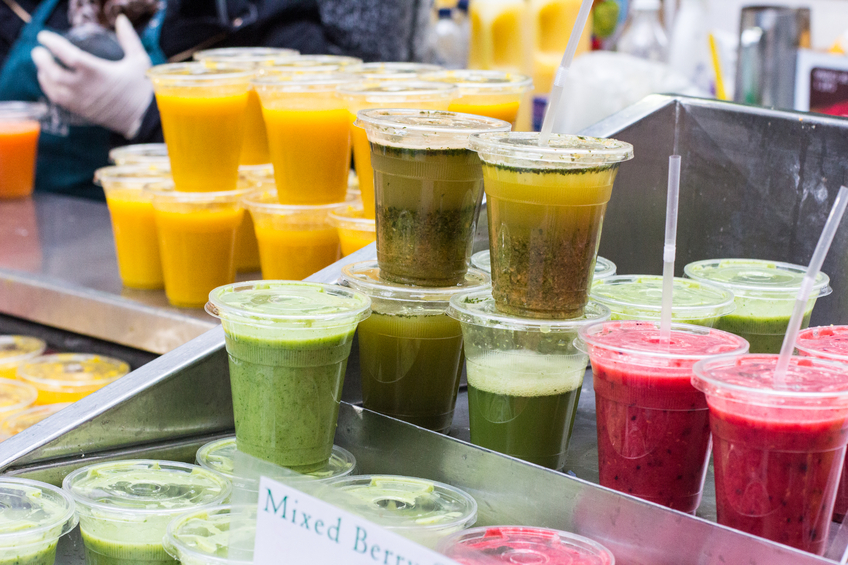
Shop-bought fruit smoothies can seem like a healthy choice – fruit is good for us, right? “But a single-serving bottle of fruit smoothie can easily contain 25 grams of sugar or more – that’s six to six teaspoons!” explains Shona. “Therefore, these drinks are not a great idea, especially when trying to shed a few extra pounds. Try making your own smoothie at home with 100g of berries, 1/4 of a large avocado (or half a small one), a small handful of spinach and unsweetened almond milk. As well as containing less sugar, it will fill you up for longer and make you less likely to want to snack on sweet foods later in the day.”
8. Low-fat fruit yoghurt
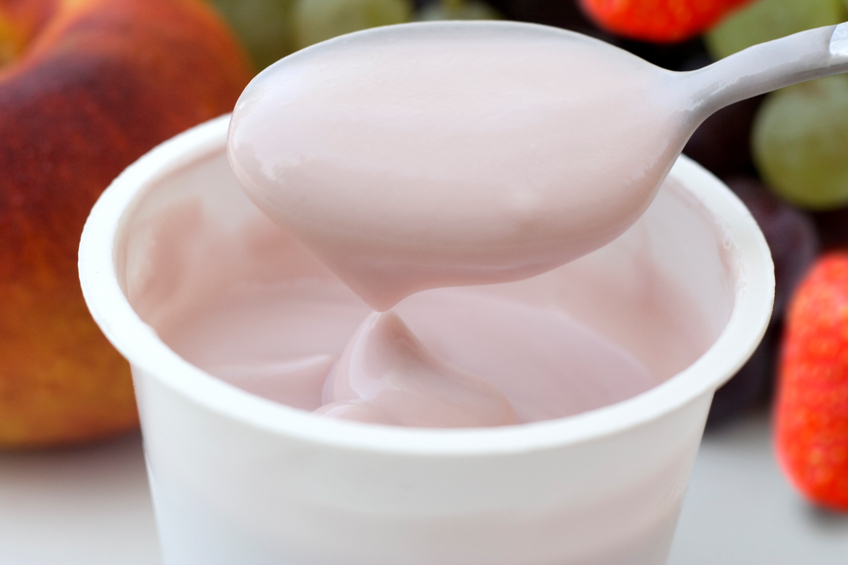
“The label might say ‘low-fat’ and so you would think it would help with controlling your weight, but sweet yoghurts can contain up to eight teaspoons of added refined sugar,” says Marilyn. “Often sugar is the next ingredient after milk in highest amounts in the yoghurt. This type of yoghurt will be a high-GI food, causing your body to release more insulin to deal with the quick rise in blood sugar (blood glucose) and insulin is your fat storing hormone of the body.”
9. Butter spreads
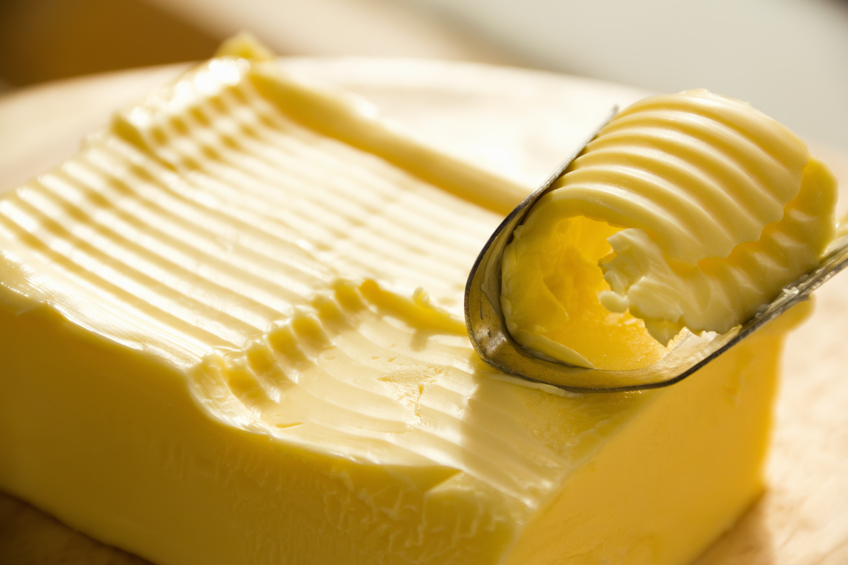
“Butter spreads often combine a smaller amount of butter with buttermilk or other oils, which may seem healthier due to the bad reputation of saturated fats,” explains Shona. “However, spreads that contain a higher content of vegetable oils may not be a good choice.
“Vegetable oils may be partially ‘hydrogenated’. This process changes the structure of the fat molecules in the oil, and they can turn into an unhealthy form of fat called a ‘trans’ fat. This type of fat is not found naturally in foods or in our body. When we consume these type of fats, they may be incorporated into our cell walls and replace the natural fats that should be there; and when consumed in large quantities, they may be linked to negative effects on our health, for example, for heart health and hormonal balance. Real butter may be high in saturated fat, but at least this is a natural fat. When consumed in moderation as part of a healthy diet, it should not be a cause for concern for most people.”
10. Wholemeal bread
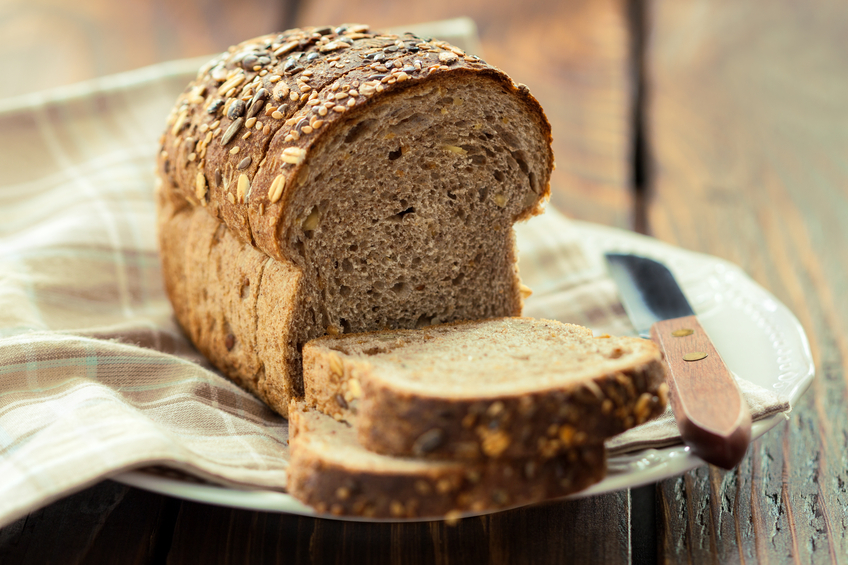
“If you want to buy a healthier loaf of bread, make sure you choose one that is made using wholegrains as the main ingredient,” says Shona. “Those labelled ‘wholemeal’ are usually made from the whole grain. However, avoid those that just say ‘brown’ bread – this can be made from refined grains with colourings added to make it look brown. Also, look carefully at all the ingredients of your bread, even of wholemeal loaves, as they can contain less-healthy ingredients such as sugar and salt, potato starch, and stabilisers. Usually, the smaller the number of ingredients, and the fewer chemical-sounding names, the healthier it is!”

Leave a Reply
Please login or register to leave a comment.